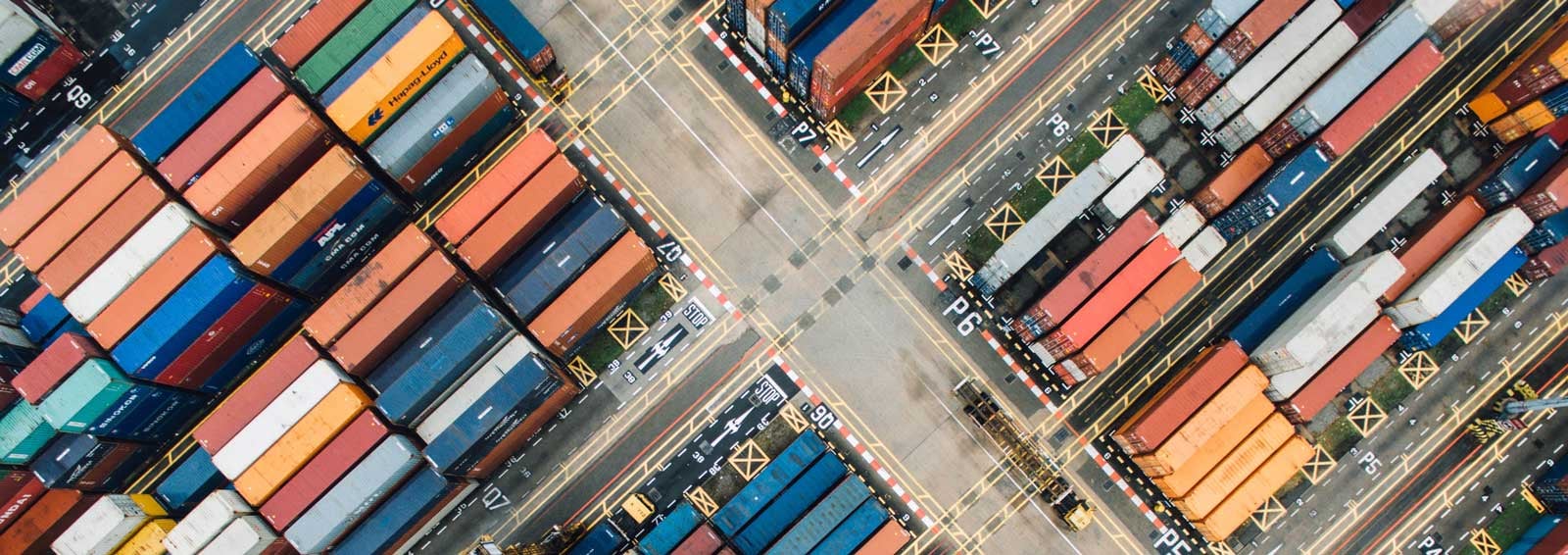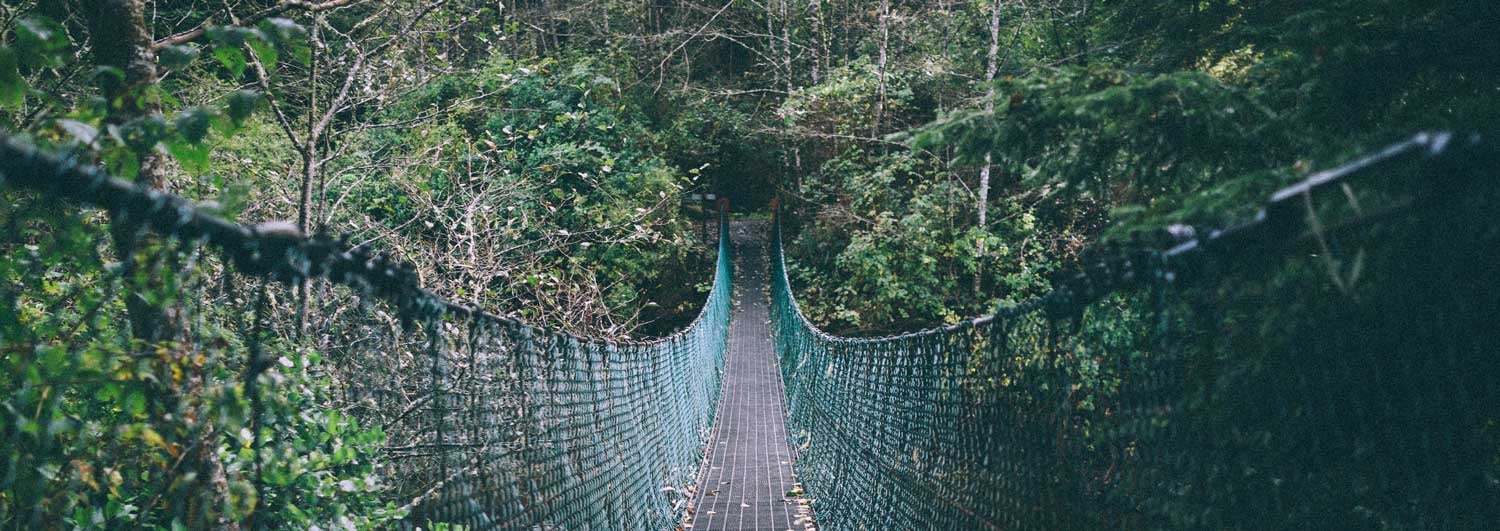[gallery]
Weather and prices
In October 2014 the Financial Times titled
Brazil drought drives up coffee prices.
In January of this year, Bloomberg Business’ header was
Brazil is getting dry and the coffee bulls are back.
Why are rises or falls in coffee prices always related to Brazilian weather? And how is it linked to what we read this week in the Daily Coffee News: Coffee Prices Sink to 18-Month Low but Upward Surges May Be Coming?
If you ask an expert or a trader what drives future coffee prices, she will answer you: demand and supply. Even always mentioned first, demand is less important than supply. It increases or decreases relatively slowly compared to supply that may change dramatically from one to the next year. So what are the drivers on supply: Is it political stability in the producing country? No, it is weather. Especially the weather in the country that produces a third of the world production, Brazil.
The dry months we experienced in Brazil at the end of 2014 have let in many regions to two flowering seasons and many of the supply chain actors were afraid of a low harvest in Brazil what drove prices up in January. Even though coffee trees are carrying right now still red and ripe and green and unripe cherries at the same time, fears have subsided and with it market prices lowered. (Side note: The downward spiral of the prices is accentuated by the FX dynamics - a topic to cover in a next blogpost.)
Is this about to change in the near future? No, as long as Brazil is the world leader in coffee production, this will not change. Brazil is even expected to become the biggest coffee consuming country and its behaviour will start to impact coffee prices also on the demand side. However, Brazil might lose its influential role on the supply side. The huge investments in coffee plantations in China are not a secret. If China’s increasing demand does not keep up with the increase in supply, China will become an important net exporter of coffee. This will reduce the influence of Brazil and Brazilian weather on coffee prices. Will this happen before or after the next big drought in Brazil?
Let’s see what this dependence on the Brazilian weather means to you, a roaster or a producer. For you, being a producer, your earnings are dependent on factors, which you cannot influence. Specialty coffee markets are definitely interesting to you, as the quality premiums absorb the volatility in Commodity prices, if high enough. For you, being a commodity roaster, I suggest you hire a data analyst who buys data on Brazilian weather, builds a stochastic forecast model and helps you time your purchases. For you, being an artisanal roaster, just do not care. First, no model can predict weather further than a few days accurately, it bases its mid-term and long-term forecasts on historical averages only. Second, you are roasting high quality coffees, whose main price determinant should be quality. Hence, prices should be indexed on quality and are therefore fixed over time, if bought at the farm gate. This is a model that is sustainable for a roaster and a farmer.
Side Note: The phenomenon that the supply side is more volatile than the demand side and that weather predicts Future prices is found in other markets too. Future electricity prices in Europe are a bet on whether the sun will shine in Spain, the wind will blow in Germany or the snow will fall in Switzerland. What I learn from that? My children will become meteorologists or better mentalists.




Let Us Know What You Thought about this Post.
Put your Comment Below.